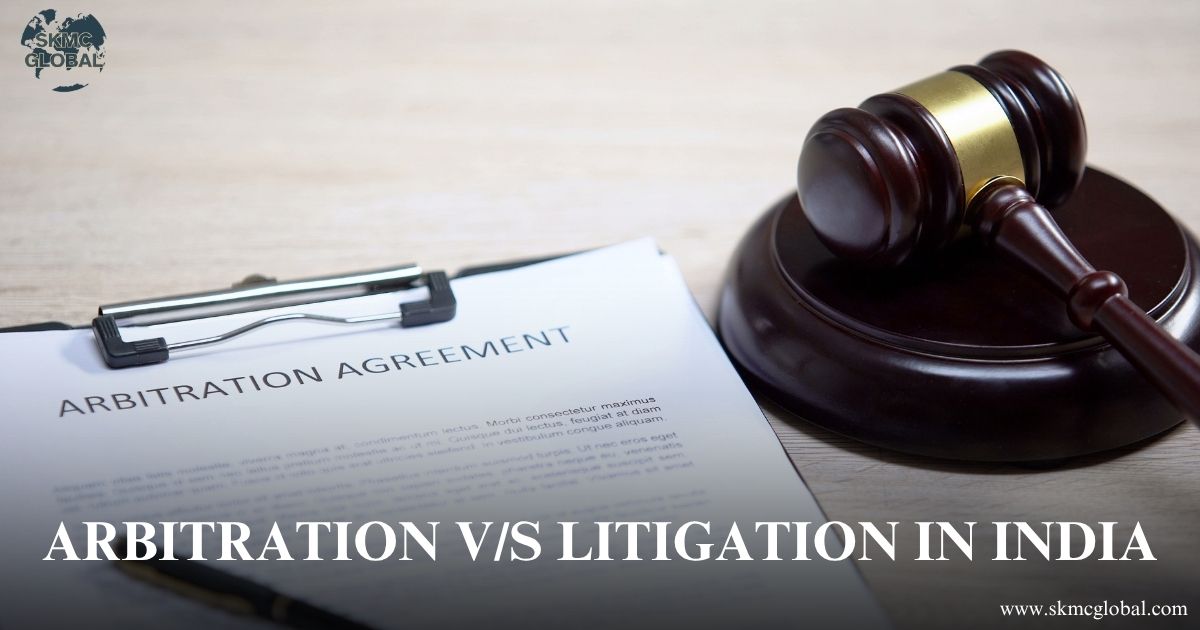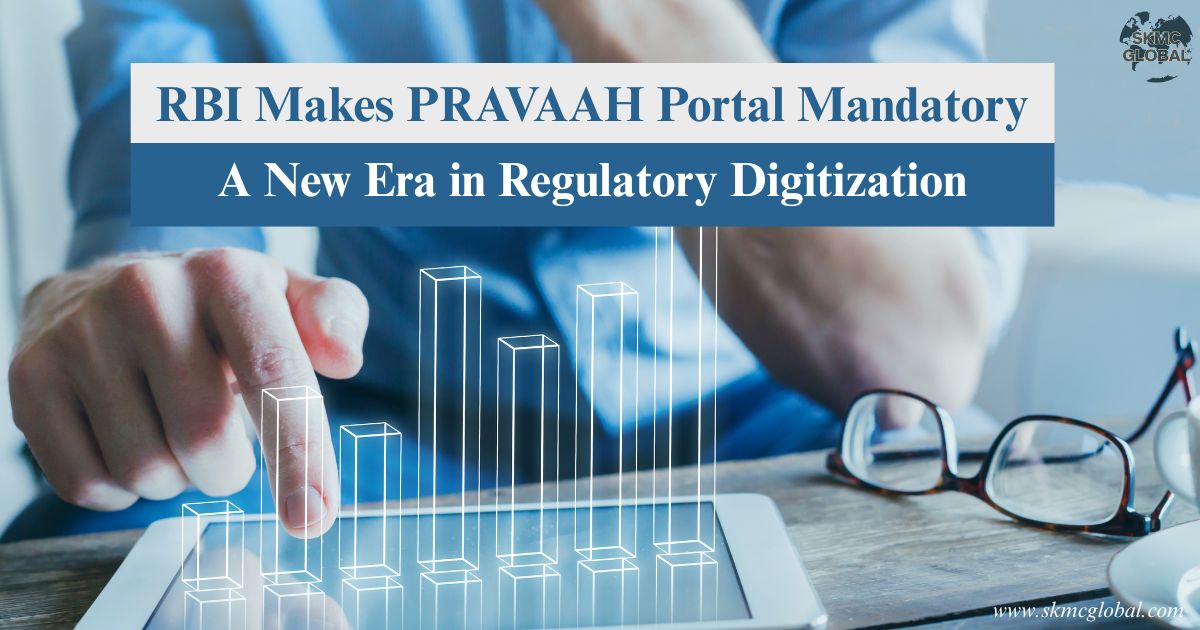
Process for removal of company auditor under Companies Act, 2013
With the dynamic business era, the collaboration of a company with its auditor plays a significant role in financial responsibility and regulatory adherence. There could be certain instances where there is a need for removal of company auditor before the completion of their term. The Companies Act, 2013, provides a procedural way of transition, trying to balance audit firm requirements with professional integrity of the auditor.
Two Exit Modes: Removal or Voluntary
Exit of the roll by the audit firm auditor or the individual auditor can normally be in two modes:
- Voluntary Resignation: It's the most friendly method, where the auditor himself wishes to resign from office. Although the Companies Act, 2013, is specific about the process of an auditor resignation (filing Form ADT-3 with the company and with the Registrar of Companies), it's most often advisable for a smooth silky transition. Companies prefer this mode since it avoids any spat and the painful exercise of removal of company auditor by order.
- Removal of company auditor by the Company: There are situations where a company, due to performance, loss of confidence, or even issues, might have to remove the auditor in the course of the term. It is a more formal and strict process, governed primarily under Section 140 of the Companies Act, 2013, and the related rules. This action is usually initiated when conflict or serious issues render voluntary resignation impossible. It emphasizes the company's right to exercise monetary control according to its general strategic purposes, even up to the point of removal of company auditor.
The Formal Process of Removal of Company Auditor
The Companies Act, 2013, has given a suitable process for the removal of auditors so that the auditors will not be removed randomly and will have a good opportunity to put forward their perspective. Let us proceed step by step:
1. Board Meeting and Initial Resolution: It begins with the Board of Directors of the company. The Board Meeting shall be held to consider the proposal for the removal of the company auditor. The Board must approve a resolution expressing its intent to have the auditor removed and authorizing a director or company secretary to make the necessary application to the Central Government (to which the Central Government has delegated the aforesaid powers) in this respect. The order will also direct the making of arrangements to provide a reasonable opportunity for being heard to the affected auditor.
2. Application to Regional Director (RD): The company is to make an application in the form ADT-2 to the Regional Director (RD) within 30 days of receiving the Board Resolution. The form should clearly list the reasons or grounds for the intended removal of company auditor. The company must provide valid and reasonable grounds, since approval by the RD is a prerequisite before the removal of company auditor is undertaken.
3. Opportunity to be Heard by the Auditor: The Regional Director, having received the application, identifies the concerned auditor and provides a fair opportunity to present his case and file written representation against his proposed removal. It is an essential canong of natural justice. The auditor is given a chance to explain his case, respond to the company's questions, and present any material facts before the RD.
4. Hearing and Order by Regional Director: The RD can hold a hearing where the company and the auditor can both appear before him with their reasons and supporting information. The RD will balance the submissions and, in case he is so convinced about the grounds of the removal of company auditor and providing the opportunity for the auditor to be heard, will pass an order for grant of permission for removal of company auditor.
5. Extraordinary General Meeting (EGM) and Special Resolution: Once the company receives the RD's approval, it has to convene an Extraordinary General Meeting (EGM) of its members within 60 days from the receipt of approval date. In the EGM, a special resolution must be passed for the removal of company auditor. A special resolution needs to be adopted with the support of at least three-fourths (75%) of the members present voting. This stage ensures that the shareholders, as the ultimate owners of the company, consent to the dismissal of the auditor.
6. ROC Filing: After the special resolution is passed in the EGM, the company has to file the resolution in Form MGT-14 with the Registrar of Companies (ROC) within 30 days. This renders the removal of company auditor part of the public records of the company.
Casual Vacancy: The Consequences of removal of company auditor
The removal of the company auditor creates a "casual vacancy" in the office of the auditor. A casual vacancy, albeit not statutorily defined, would be a vacancy created due to some reason short of term-ending , i.e., resignation, death, disqualification, or removal of company auditor. Plugging the gap is a necessary step next to see to it that the company remains in compliance with its audit requirement.
- Filling the Casual Vacancy: In case of a non-Government company, the casual vacancy in the office of an auditor shall be filled by the Board of Directors within 30 days of such vacancy. But where casual vacancy is caused by reason of the resignation of an auditor (including removal of company auditor, since the effect is the same - the auditor is out of office), the Board appointment will require members' sanction at a general meeting within three months of the Board recommendation. Such an auditor appointed in a casual vacancy holds office till the end of the next Annual General Meeting (AGM).
- Government Companies: In case of Government companies, or the Central or State Government controlled or owned companies, the casual vacancy due to removal of auditor is appointed by the Comptroller and Auditor-General of India (C&AG) within 30 days. In case C&AG fails to do so within the aforesaid time period, then the Board of Directors may appoint the auditor within the next 30 days.
Conclusion: A Balancing Act of Governance
Removal of company auditor by the Companies Act, 2013, is evidence of fairness and accountability orientation of the Indian corporate governance regime. It vests companies with the authority they require to switch auditors as and when required but with strict procedural safeguards and immunity against arbitrary removal of company auditor. The position of the Regional Director and the requirement of a special shareholders' resolution guard that such momentous decisions are taken with due care and candour.
No doubt, any audit firm or company venturing into this territory needs an appreciation of these provisions in detail. The recent events bring into focus the changing nature of company law, which makes it necessary for the companies to remain well-versed and seek advice from experts in a bid to ensure smooth changes and avoiding legal pitfalls. Effective management of auditor relationships, either by way of mutual cancellation or total elimination, is necessary to a clear comprehension of corporate success.
Recent Posts
-
 Step by Step guide for appointment of Independent ...
Nov 06,2025
Step by Step guide for appointment of Independent ...
Nov 06,2025
-
 Liaison Office vs Branch Office: A comparative ana...
Sep 02,2025
Liaison Office vs Branch Office: A comparative ana...
Sep 02,2025
-
 Role of Shareholders Agreement in Startups and Inv...
Aug 30,2025
Role of Shareholders Agreement in Startups and Inv...
Aug 30,2025
-
 Setting Up a Wholly Owned Subsidiary (WOS) in Indi...
Aug 12,2025
Setting Up a Wholly Owned Subsidiary (WOS) in Indi...
Aug 12,2025
-
 Arbitration v/s Litigation in India...
Aug 05,2025
Arbitration v/s Litigation in India...
Aug 05,2025
-
 Declaration of Dividend under Companies Act, 2013...
Aug 02,2025
Declaration of Dividend under Companies Act, 2013...
Aug 02,2025
-
 What is MSME Form 1 and how it can be filed?...
Aug 01,2025
What is MSME Form 1 and how it can be filed?...
Aug 01,2025
-
 What is CSR and how to compute the contribution am...
Jul 31,2025
What is CSR and how to compute the contribution am...
Jul 31,2025
-
 Process for removal of company auditor under Compa...
Jul 31,2025
Process for removal of company auditor under Compa...
Jul 31,2025
-
 What is SBO Compliance and when it is needed?...
Jul 29,2025
What is SBO Compliance and when it is needed?...
Jul 29,2025
-
 Role of Key Management Personnel and their appoint...
Jul 28,2025
Role of Key Management Personnel and their appoint...
Jul 28,2025
-
 Registering a Partnership Firm in India...
Jul 28,2025
Registering a Partnership Firm in India...
Jul 28,2025
-
 Procedure to strike off a company...
Jul 28,2025
Procedure to strike off a company...
Jul 28,2025
-
 sox and internal control...
Jul 17,2025
sox and internal control...
Jul 17,2025
-
 ICFR Applicability as per the Companies Act, 2013...
Jul 15,2025
ICFR Applicability as per the Companies Act, 2013...
Jul 15,2025
-
 Concept of Sweat Equity Shares and its uses...
Jun 25,2025
Concept of Sweat Equity Shares and its uses...
Jun 25,2025
-
 Whether loans and borrowing are considered as depo...
Jun 18,2025
Whether loans and borrowing are considered as depo...
Jun 18,2025
-
 What are the major compliance for unlisted compani...
Jun 05,2025
What are the major compliance for unlisted compani...
Jun 05,2025
-
 A Guide to Compensation to Director in Indian Corp...
Jun 04,2025
A Guide to Compensation to Director in Indian Corp...
Jun 04,2025
-
 Loans to Company Directors- A Legal and Ethical Fr...
Jun 04,2025
Loans to Company Directors- A Legal and Ethical Fr...
Jun 04,2025
-
 Top 7 Things You Must Know About External Commerci...
May 16,2025
Top 7 Things You Must Know About External Commerci...
May 16,2025
-
 Integrating CSR into Your Business Model:A Step-by...
May 14,2025
Integrating CSR into Your Business Model:A Step-by...
May 14,2025
-
 What are the applicable Labour Laws in HR (Human R...
May 14,2025
What are the applicable Labour Laws in HR (Human R...
May 14,2025
-
 Unveiling the PRAVAAH Portal: A Comprehensive Guid...
Apr 18,2025
Unveiling the PRAVAAH Portal: A Comprehensive Guid...
Apr 18,2025
-
 FLA Return and its compliance...
Feb 08,2022
FLA Return and its compliance...
Feb 08,2022
-
 Process of closure of Branch office in India...
Dec 30,2021
Process of closure of Branch office in India...
Dec 30,2021
-
 Steps to Shut down the Liaison Office in India...
Sep 14,2021
Steps to Shut down the Liaison Office in India...
Sep 14,2021
-
 Procedure for closure of Project Office in India...
Aug 10,2021
Procedure for closure of Project Office in India...
Aug 10,2021
